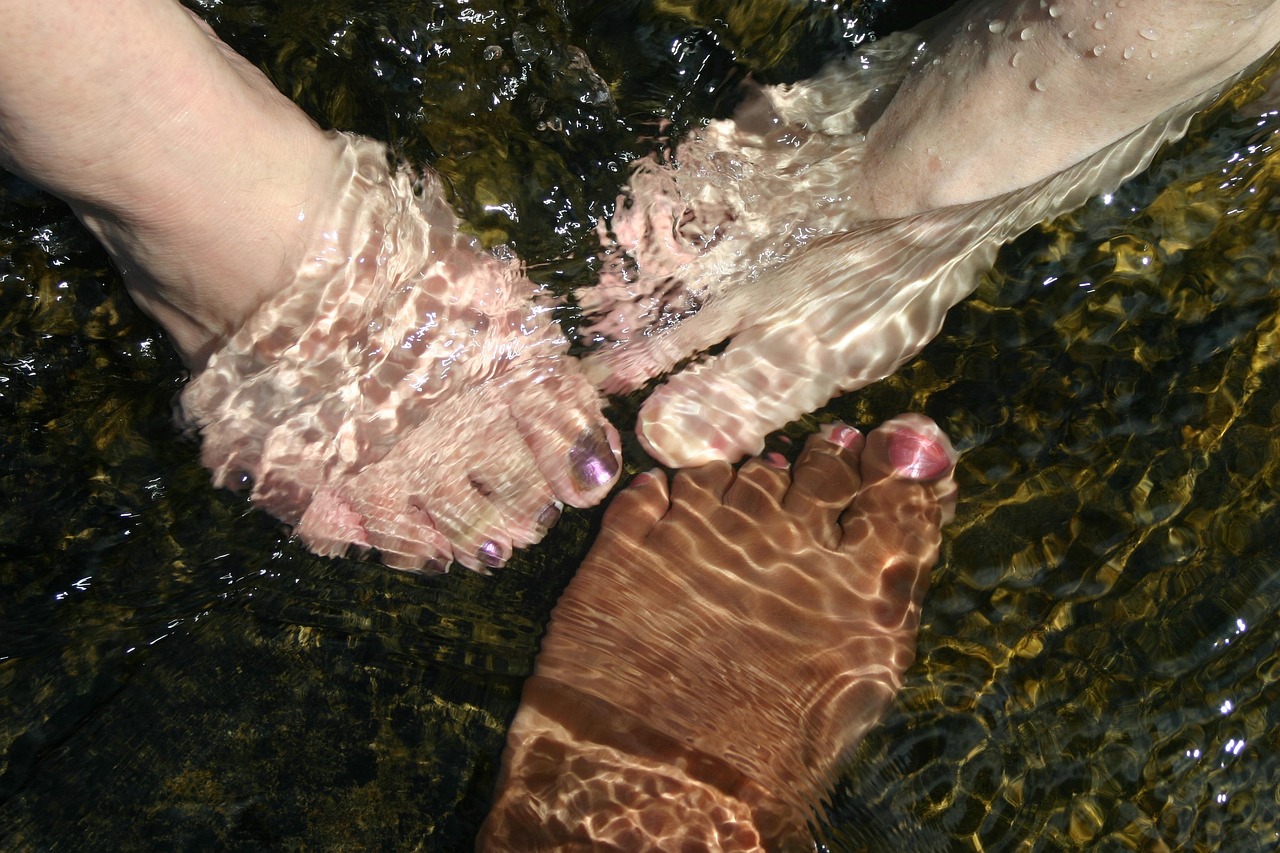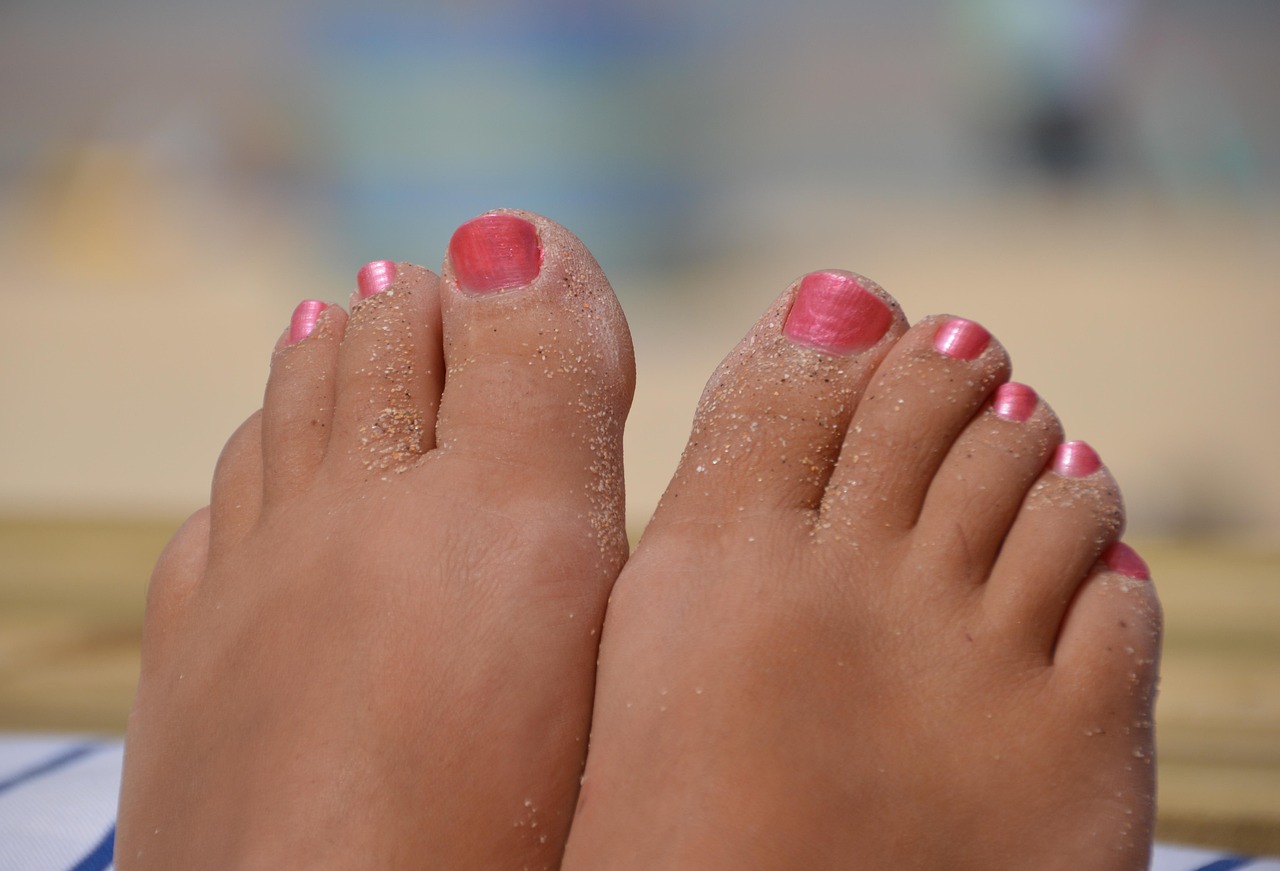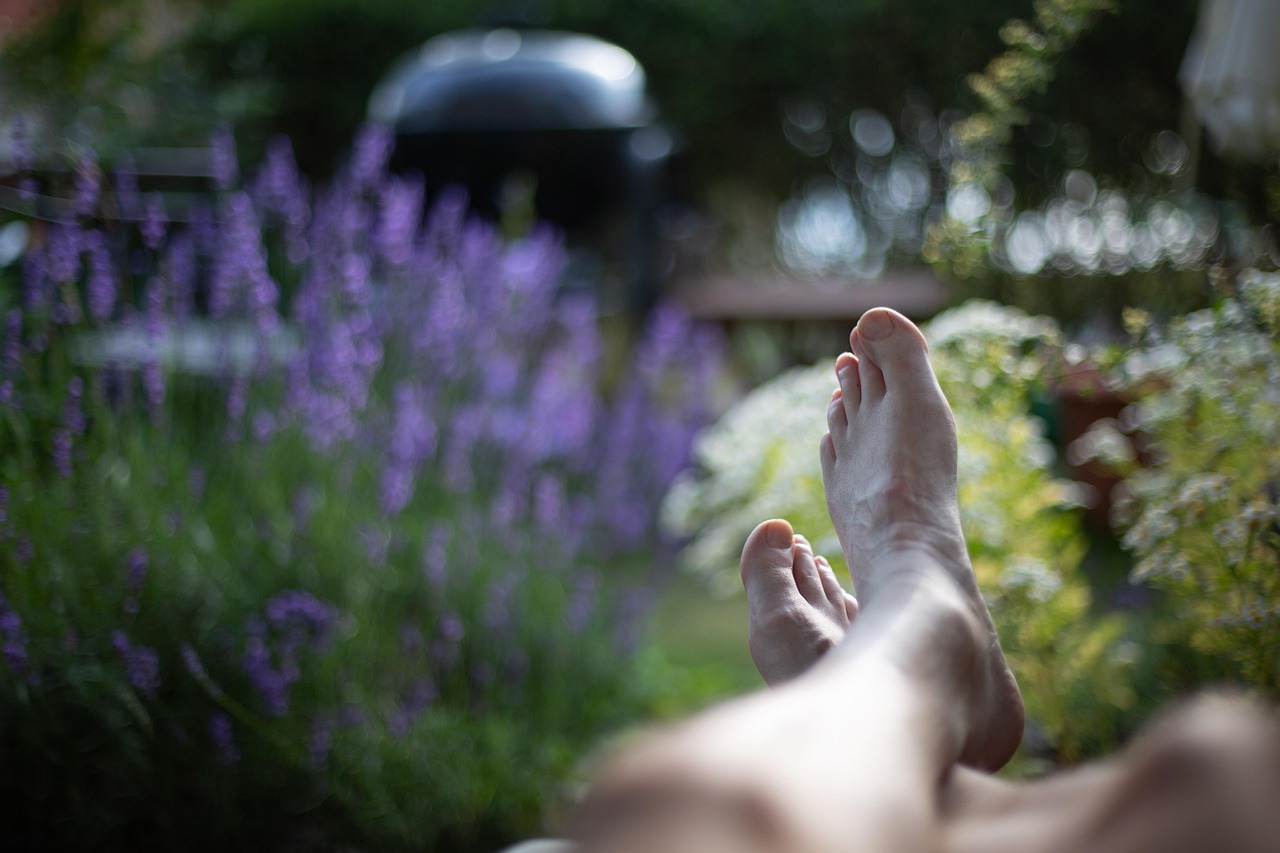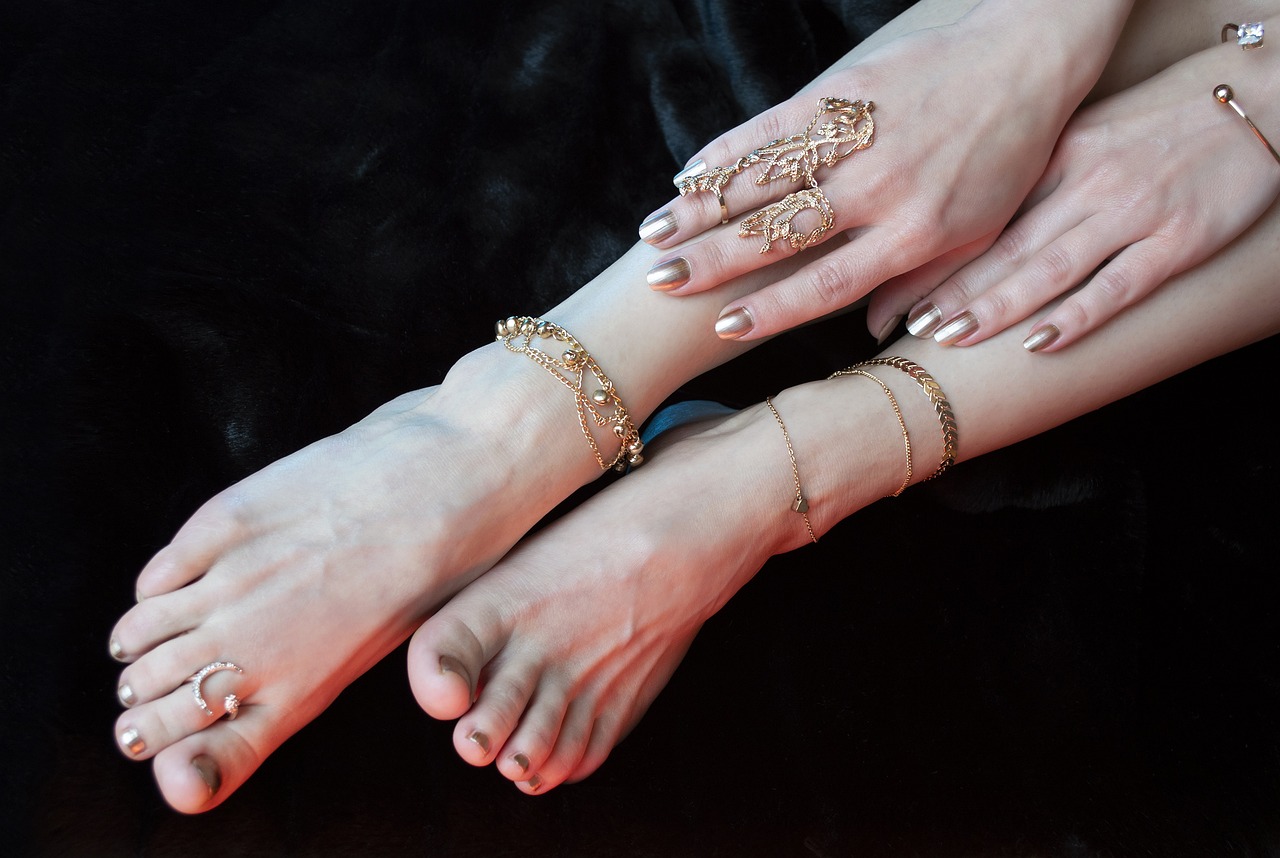Same skin? Not quite.
You just bought a luxurious face moisturizer packed with hyaluronic acid, vitamin C, and peptides. It works wonders on your cheeks — so why not try it on your heels? After all, skin is skin, right?
Not exactly.
While it might seem logical to use facial products on your feet (especially in a pinch), the truth is: the skin on your feet, especially your heels, is structurally and functionally different from your face. That means what’s good for your face might be ineffective — or even harmful — on your feet.
In this article, we’ll break down whether face products are safe for your feet, what actually works best for cracked or dry heels, and how The Beauty Pure helps you treat each skin type the right way.
Table of Contents
Toggle🧬 Face vs. Foot Skin: What’s the Difference?
The skin on your heels is thicker, tougher, and drier than the skin on your face. Here’s why that matters:
- Facial skin: Thin, delicate, oily (especially T-zone), fast-absorbing
- Heel skin: Thick, no oil glands, prone to cracking and callusing, slow absorption
This means:
- Facial products are formulated to be gentle
- Heel products are designed to penetrate tough layers and repair severe dryness
🚫 Why You Shouldn’t Use Face Products on Your Feet
❌ 1. Not Hydrating Enough
Face moisturizers are often lightweight and water-based — ideal for delicate skin, but not strong enough for cracked or dry heels.
🔁 Your heels need occlusive and deeply hydrating ingredients like:
- Urea
- Glycerin
- Lanolin
- Panthenol
👉 Try:
Lapitak Cream for Cracked Heels — specifically designed for tough, dry skin.
❌ 2. Expensive and Wasteful
Many face creams come in small jars and carry a hefty price tag. Using them on your feet can drain your skincare budget quickly — with minimal results.
🔁 Instead:
Use affordable, high-performance heel creams made for larger surface areas.
❌ 3. Potential for Skin Sensitivity or Reaction
Facial products often contain:
- Fragrances
- Exfoliating acids (like AHA, retinol)
- Essential oils
While these are safe on the face (when used properly), they can cause burning or irritation when applied to damaged heel skin or open cracks.
✅ When It Might Be Okay to Use Facial Products on Feet
There are a few exceptions:
- A hydrating facial mist can be used mid-day on clean feet for a refresh
- A gentle fragrance-free moisturizer can work on soft, already-healed heels
- Soothing face masks with aloe or panthenol may help after sunburn or heat exposure
But even in these cases, heel-specific products will perform better, faster, and safer.
🧴 What You Should Be Using on Your Heels
Daily Care
- Lightweight, non-greasy
- Ideal for everyday use
- Keeps skin soft and protected
Intense Repair
👉 Lapitak Cream for Cracked Heels
- Rich in urea and glycerin
- Designed for deep cracks and thick skin
- Visible improvement in just a few nights
Odor & Sweat Control
👉 Lapitak Foot Odor Preventing Spray
- Prevents bacterial buildup
- Keeps feet fresh without drying the skin
👣 Final Thoughts: Know Your Skin — All of It
Face and feet might both be skin — but they’re not the same. Using face products on your heels may not cause harm immediately, but they won’t give you the results your hardworking feet deserve.
Choose products designed for the task — thick enough to heal, smart enough to protect, and affordable enough to use daily.
👉 Shop The Beauty Pure for foot care that understands your heels — because they’re not your face, and that’s exactly why they need more.





